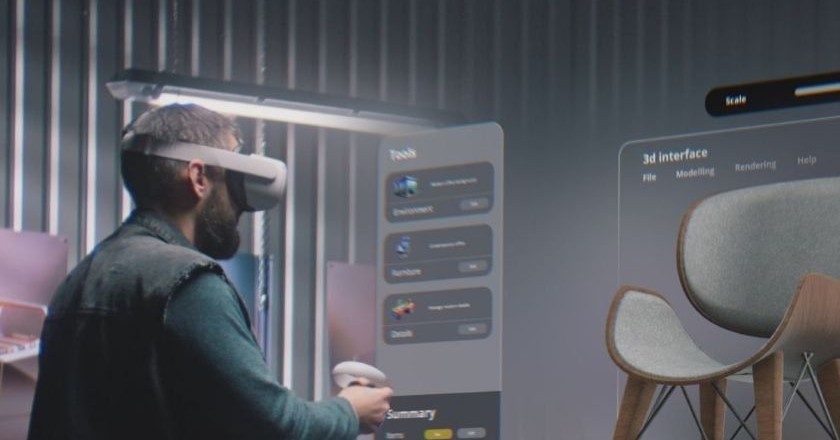Remember the last time a customer asked for something, and you had no idea it was out of stock? Not only is it awkward, it's also money slipping right through your fingers.
In a busy furniture store, keeping track of what’s actually on the floor, in the warehouse, or even promised to other customers is a constant challenge. When your staff can’t get quick answers, it slows down sales and frustrates buyers. And even worse, it creates missed opportunities and leaves customers walking out empty-handed.
Thankfully, there are now smarter ways to handle all this. Tools like conversational AI for retail give your team instant access to stock info, so no one’s left guessing, while other retail furniture store software tools help you plan ahead and keep stock levels just right—making sure you’re never stuck with too much or too little. And it all starts with knowing what you have and what you need, so your store can run like it’s supposed to.
The Rise of AI in Retail Stores
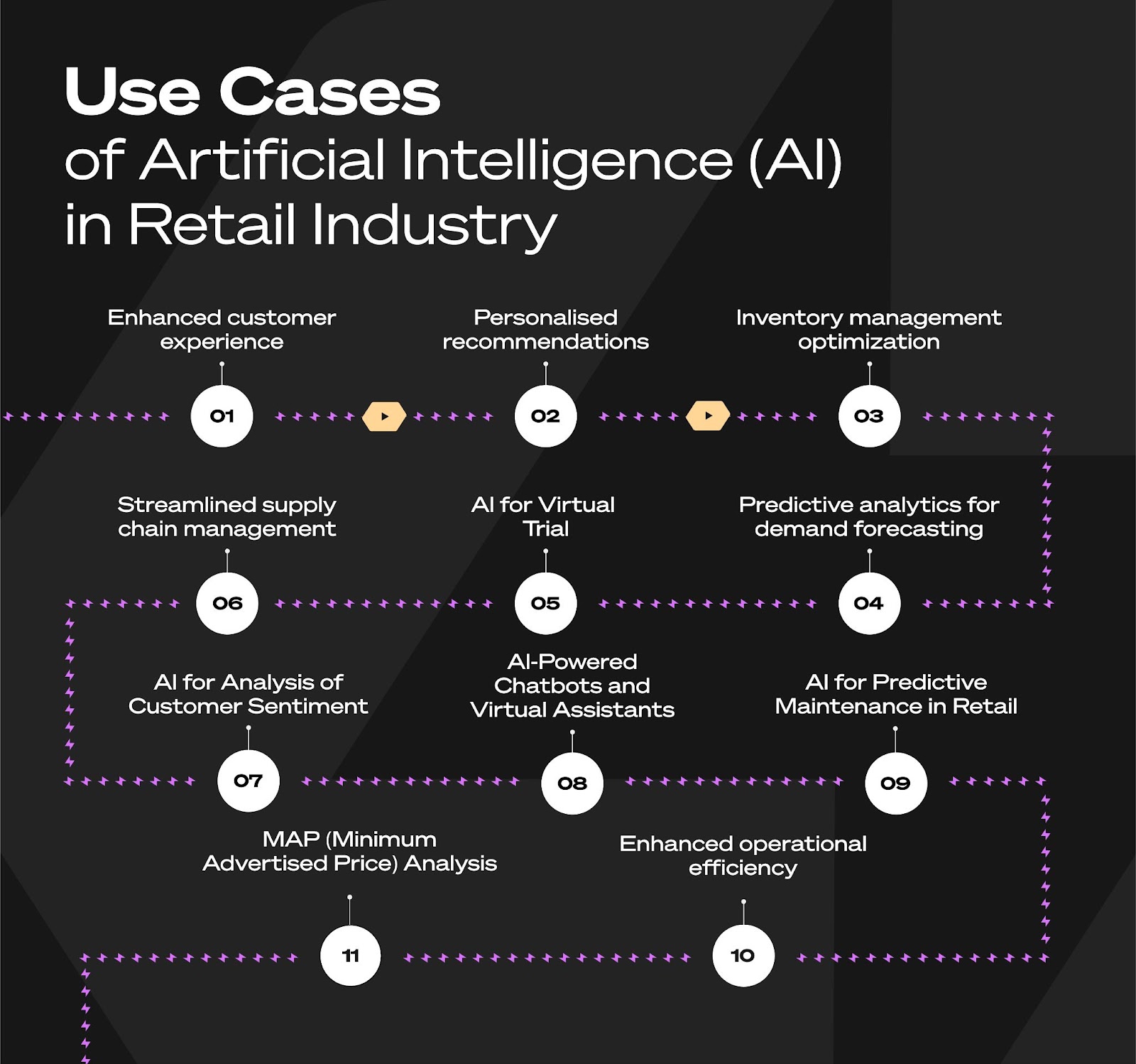
Keeping track of everything in a busy retail store is messy. Inventory piles up, customers want quick answers, and mistakes cost money.
This isn’t tech for tech’s sake. AI in retail stores is a silent helper, making information easy to access when your team needs it most. For furniture stores, that means fewer stock surprises, faster answers for customers, and smarter decisions about what to order next.
AI’s Growing Impact on Retail
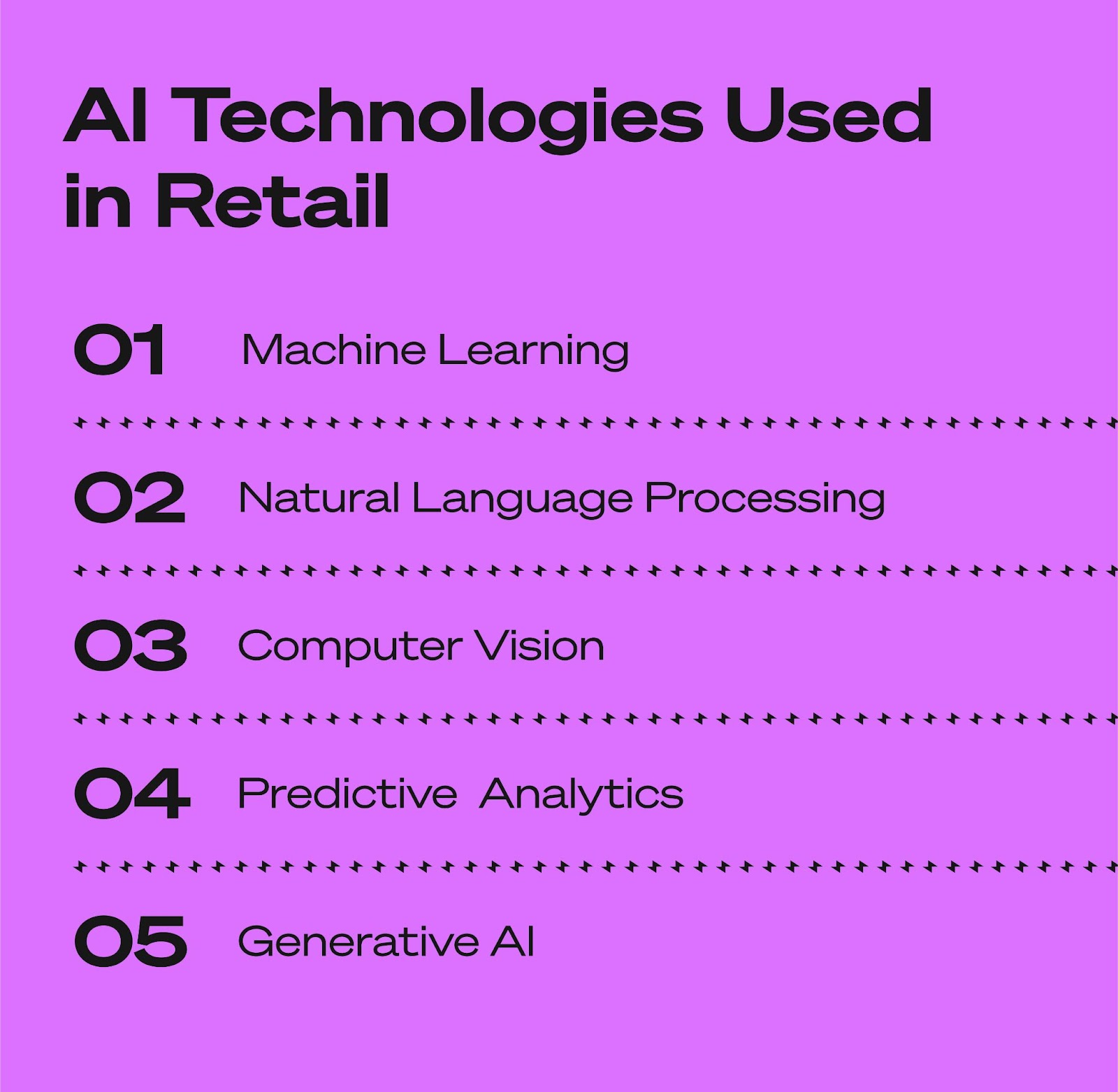
Retailers face constant pressure to keep up with changing customer expectations and complex operations. AI tools help turn piles of data into usable insights. Instead of guessing which products will sell or relying on outdated stock counts, stores can now see real-time buying patterns and quickly adjust strategies.
Many retailers use AI-powered chatbots to handle common customer questions, freeing salespeople to focus on higher-value tasks. Inventory systems like STORIS predict demand, so stores avoid having too much of one item or running out of another. Marketing also gets smarter, delivering offers that match customer preferences instead of blasting everyone with the same generic message.
What This Means for Furniture Retail
Furniture stores deal with unique challenges: bulky, varied inventory that doesn’t move as quickly as in other retail sectors, long lead times, and customers who often need more personalized service before buying. Unlike fast-moving consumer goods, the stakes are higher when a sofa or dining table is out of stock, or when a customer can’t get the details they need quickly.
AI tools that are tailored for furniture retailers help tackle these exact problems. They provide instant access to stock levels across warehouses and showrooms, so staff aren’t caught off guard. They analyze sales patterns to help predict demand months in advance, so you’re ready for seasonal spikes or new trends.
On the customer side, conversational AI means your team can answer questions faster, whether it’s about product dimensions, delivery times, or available options, without the usual runaround.
Struggling to Keep Up? Here’s What Furniture Stores Gain by Using AI Applications in Retail
The furniture business isn’t like other retail. You deal with big, bulky items that take up space and money, and customers who expect personalised service every time. Before we get into how AI can help, let’s take a closer look at what furniture stores struggle with most.
Common Challenges in Furniture Retail
You can’t fix what you don’t know. Here are the challenging, ongoing problems furniture retailers deal with daily:
- Handling bulky deliveries and returns: Moving large items like sofas, tables, and beds through your warehouse takes significant effort. It requires careful scheduling and coordination to keep the workflow smooth and avoid delays. Each time a heavy piece is moved or returned, it uses up valuable staff time and equipment, which increases costs and slows other tasks.
- Managing damaged or defective items: When furniture arrives damaged or develops problems, it creates extra work. You have to sort out repairs or replacements, which slows down deliveries and can really annoy customers. If this process isn’t handled well, it ends up costing you more time and money than it should.
- Navigating seasonal trends: Furniture sales don’t always follow a steady pattern. While some pieces sell year-round, others spike with changing trends or seasons. Predicting these shifts is tough, and stocking the wrong mix can leave you stuck with outdated inventory or empty shelves.
- Complex pricing strategies: Pricing furniture is tricky because it depends on many different factors, such as materials, design quality, brand reputation, and even local market demand. Getting your prices right means balancing competitiveness with profitability, which requires ongoing adjustments and analysis.
- Limited showroom and storage space: Furniture takes up a lot of room, and your showroom and warehouse can only hold so much. Deciding which products to feature or stock involves tough choices—you want variety to attract customers, but also enough stock of popular items to avoid lost sales.
- Longer customer decision cycles: Unlike everyday products, buying furniture often involves a lot more thought and comparison. Customers might visit multiple times, ask detailed questions, or wait for sales. Your staff needs to stay engaged with these customers over days or weeks to close the sale.
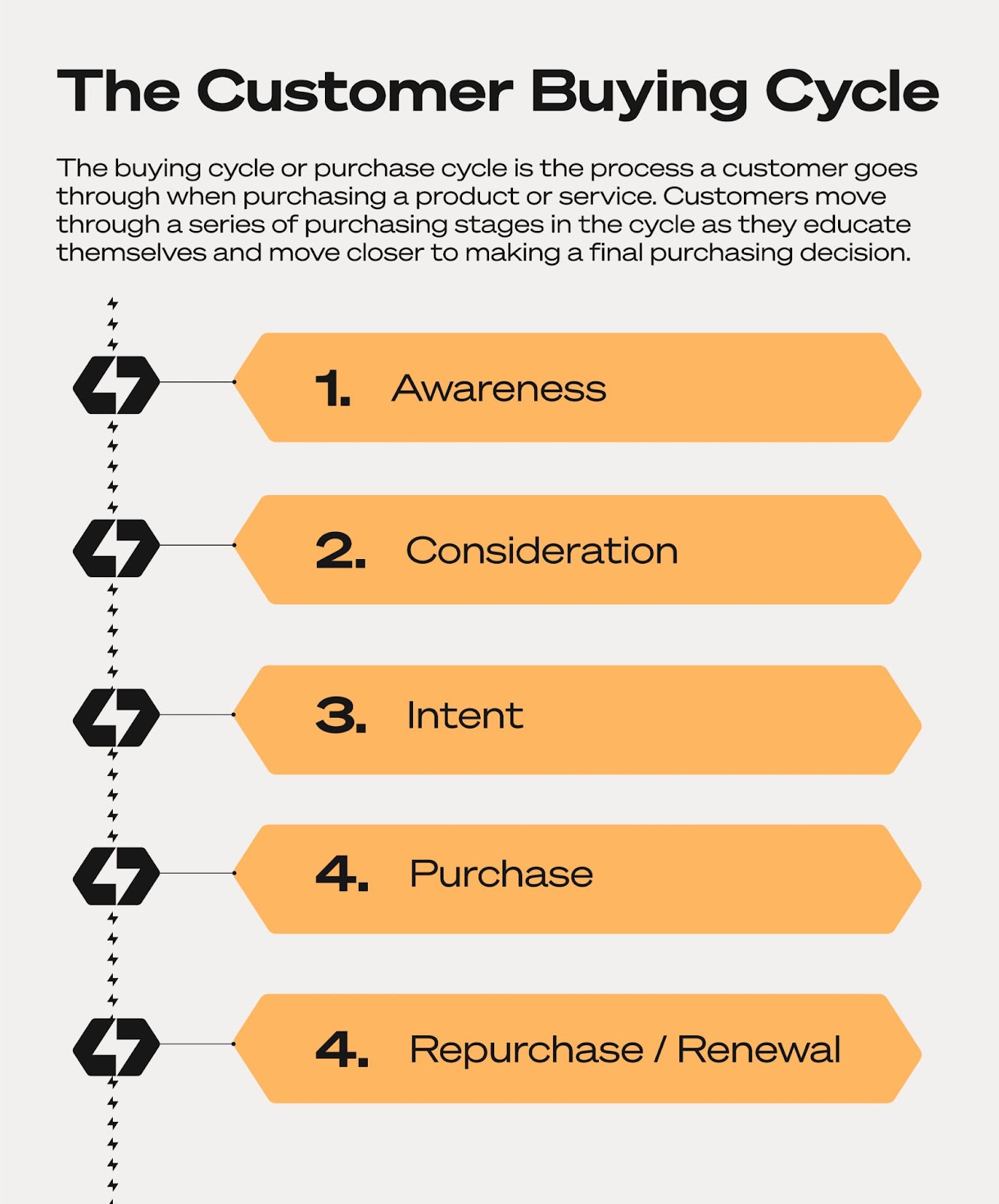
How AI in Retail Stores Solves These Problems
AI helps keep your operations running smoothly by taking over routine tasks that are easy to miss. It spots inconsistencies in inventory data and alerts managers about delays before they become bigger problems. It also makes sure processes stay consistent across different store locations, so customers get the same level of service wherever they shop. By handling simple questions and tasks, AI frees up your staff to focus on more valuable tasks, like helping customers and closing sales.
Tools for AI in retail stores often integrate with your existing systems, so data is updated automatically, reducing errors and speeding up decisions. In short, conversational AI for retail, as well as other AI tools, quietly supports your team behind the scenes, helping catch problems early and giving you more time to focus on running and growing your store.
What You Risk by Ignoring AI
Not keeping up with new tools and technologies means your store will continue to face problems that slow down operations and hurt your bottom line. Without the right tools, your staff will keep scrambling for stock information, making decisions based on outdated data, and dealing with mistakes that could have easily been prevented. All of this leads to wasted time, missed sales, and frustrated customers.
Around 87% of retailers have already deployed AI in at least one area of their business, and it’s no surprise. These tools are helping businesses streamline their operations, manage inventory more effectively, and stay ahead of demand. If your inventory management system isn’t updated, you risk overstocking slow movers or running out of popular items—both of which hurt your cash flow. Without predictive tools, you’re always reacting to changes in demand instead of being proactive.
And when your staff can’t answer customer questions quickly, it leads to missed sales opportunities. Customers who don’t get the info they need on time are more likely to leave without buying.
Tired of Big Promises? Which Retail Furniture Store Software Truly Delivers?

There’s a lot of talk about tech that “transforms” retail, but what’s actually worth the investment? Here’s where the rubber meets the road—let’s talk about the tools that actually work for furniture stores.
Conversational AI for Retail Customer Support and Sales
Evoneer’s Store Assistant AI is more than just a tool for answering questions; think of it as an extra team member who’s always ready to help, day or night. With instant access to stock information, your staff can quickly check availability, product specs, and even get details on items across the showroom and warehouse. No more waiting around for answers or having to guess what’s available.
Today's customers expect quick responses, especially when they’re ready to buy. Evoneer’s conversational AI for retail assistant speeds up the process by providing fast, accurate responses to customer queries. Whether it's checking product dimensions, confirming delivery times, or guiding customers to similar items, AI helps close the loop without waiting on back-office teams or cluttering up staff schedules.
Evoneer’s Store Assistant AI seamlessly integrates with your existing tools and systems, so everything in your store stays on track. It enhances your team’s productivity, making sure they can focus on what really matters: helping customers make purchasing decisions, while the AI handles the rest.
Keep Shelves Full (But Not Too Full)
Managing inventory is a constant balancing act: too much stock ties up money and clutters your space, while too little leaves customers disappointed and empty-handed.
Tools like QuickBooks Commerce and Lightspeed Retail help by analyzing sales data and market trends to help you forecast demand more accurately. They automate reorder points and provide real-time inventory tracking, so you always reorder at just the right time.
With clearer insights, you make smarter ordering decisions, reducing waste and making sure customers always find what they want.
AI-Powered Sales Forecasting
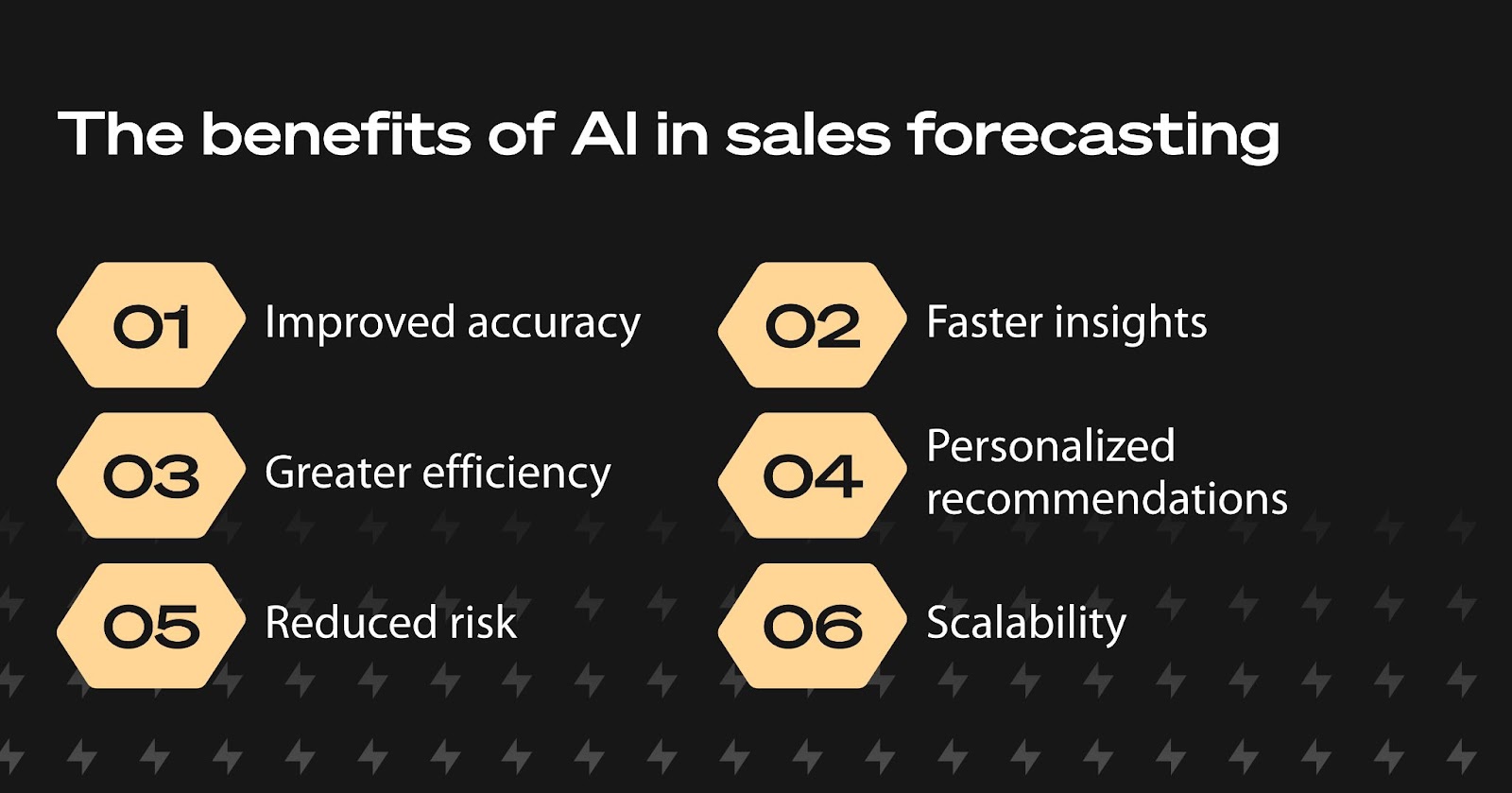
Predicting what will sell—and when—is tricky. Tools like Forecastly and QuickBooks Commerce dig into your past sales and market trends to give you a clearer picture of what’s likely to come next. Instead of guessing or hoping for the best, you get real insights that help you stay prepared.
With this information, you can plan your stock levels and staffing more effectively, avoiding the chaos of last-minute rushes or empty shelves. It means fewer surprises, smoother operations, and happier customers who find what they want when they walk in.
Smarter Promotions, Happier Customers
Sending the same promotions to everyone is a waste of time and money. AI-powered marketing tools like HubSpot Marketing Hub and Salesforce Marketing Cloud help you target campaigns based on how customers actually behave—what they’ve bought, browsed for, or shown interest in.
These platforms automatically tailor promos and offers to reach the right people at the right time, boosting the chances they’ll take action. The result? Higher conversion rates and customers who feel like you truly understand their needs.
So, You’re Ready to Try AI Applications in Retail—Here’s Where to Begin
Ready to give AI applications in retail a shot but not sure where to start? Let’s look at what really works and how you can ease into it.
Take a Look at What’s Working—and What’s Not
Before diving in, it helps to take a step back and see which AI tools and strategies are actually delivering results for furniture stores, and which ones aren’t. Not every shiny new tool lives up to the hype, and some solutions might not fit your specific needs.
Talk to peers, read honest reviews, and if possible, test tools on a small scale to understand how they’ll impact your day-to-day. Figuring out what actually works helps you avoid wasting time, money, and stress later down the line.
Choose Retail Furniture Store Software You’ll Actually Want to Use
Choosing the right retail furniture store software isn’t just about picking the flashiest option. It’s about finding something that fits how your store actually works and that your team won’t fight to use every day. If the tool is complicated or doesn’t work well with the systems you already have—like your POS or accounting software—it’ll just slow things down.
Look for software that feels intuitive and lets your staff get comfortable quickly. When your team trusts the system and it makes their work easier, they’ll actually use it—and that’s what makes a difference.
Try One Tool First, Then Grow from There
Jumping into multiple retail furniture store software tools at once can get overwhelming—and expensive. Instead, start small. Pick one tool that tackles your biggest pain point and see how it fits your store.
Using one tool first gives your team a chance to learn without getting swamped. Once you’re comfortable and seeing real benefits, you can add more tools to handle other areas.
Final Thoughts
The point of AI tools isn't to further complicate things, it's about making your day easier and your store run smoother. Whether it’s getting quick answers, keeping shelves balanced, or running smarter promotions, the right tools can help you work smarter, not harder.
Start with what feels manageable, see what fits your team, and build from there. With the right approach, conversational AI for retail can become a quiet but powerful part of your store’s success—helping you save time, avoid mistakes, and keep customers coming back.

.png)



















